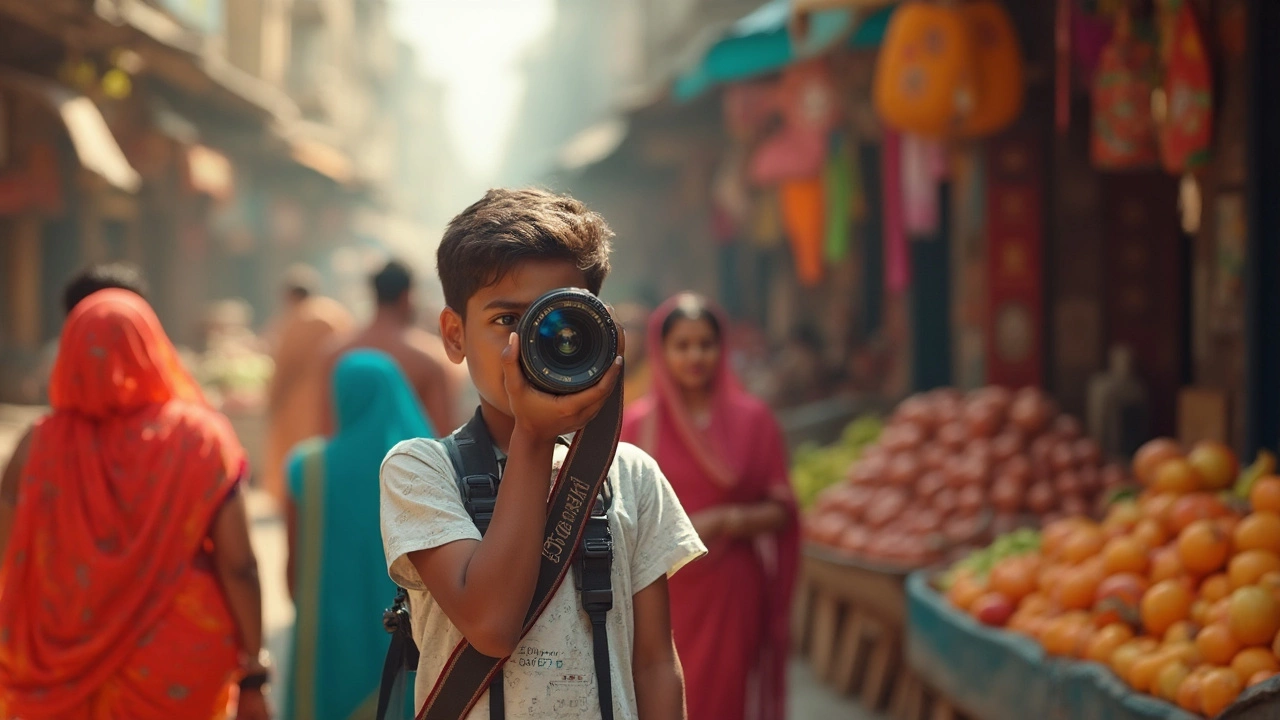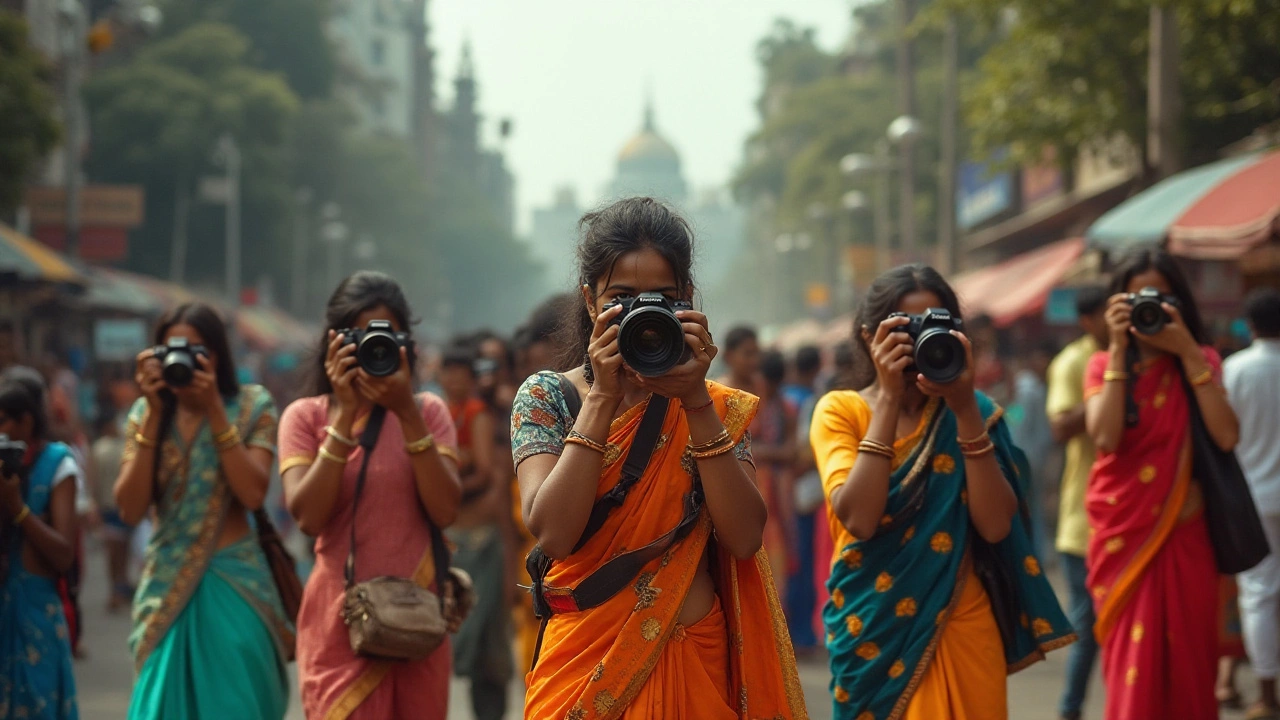DSLR Camera Guide: What It Is, How It Works, and How to Pick One in India
If you’re new to photography, the term DSLR pops up everywhere – from Instagram reels to local shop signs. But what does it actually mean? In short, a DSLR (Digital Single‑Lens Reflex) camera uses a mirror and prism system to let you see exactly what the lens sees. That real‑time view makes framing and focusing feel natural, especially when you’re learning the ropes.
Why does a DSLR still matter when smartphones boast amazing cameras? The answer lies in control. With a DSLR you can swap lenses, adjust aperture, shutter speed, and ISO on the fly. This flexibility translates to crisp portraits, sharp landscapes, and low‑light shots that a phone can’t match without a tripod.
Key Features to Look for in 2025
When you walk into a Mumbai store, you’ll see a range of specs that can feel overwhelming. Focus on three basics:
- Sensor size: Larger sensors (APS‑C or full‑frame) capture more light and produce better depth‑of‑field.
- Lens ecosystem: Choose a brand with affordable lenses you can grow into – think 18‑55mm starter kit, then a 50mm prime for portraits.
- Autofocus performance: Look for cameras with 9+ cross‑type points; they track moving subjects better.
In India, popular choices include the Canon EOS 250D, Nikon D5600, and Sony A6100 (mirrorless but works like a DSLR). All of them fit a beginner budget while still offering room to upgrade.
Practical Tips to Get the Most Out of Your DSLR
Once you have the camera, the real learning starts. Here are three quick habits that boost your results:
- Shoot in RAW. RAW files keep all the data from the sensor, giving you flexibility when editing. You’ll notice the difference in dynamic range and color when you fine‑tune later.
- Use the manual mode. Flip the dial to “M” and experiment with aperture, shutter speed, and ISO. Start with a bright outdoor scene – set ISO 100, aperture f/8, and adjust shutter speed until the exposure looks right.
- Practice lens changes. Swap a wide‑angle lens for a portrait lens at home. Notice how the background blur (bokeh) changes. This hands‑on experience helps you know which lens fits each situation.
Don’t forget to clean the sensor and lens regularly – dust spots ruin images, especially in low‑light shots. A simple blower and microfiber cloth do the trick.
Finally, join local photography groups or online forums. Sharing your work, asking questions, and seeing others’ setups accelerates learning. In Mumbai, many meet‑ups happen at Juhu beach or Bandra’s art cafés, where you can test gear on the spot.
To sum up, a DSLR gives you creative control that smartphones can’t fully replicate. Pick a model with a good sensor, a solid lens lineup, and reliable autofocus. Then practice RAW shooting, manual settings, and lens swaps. With these steps, you’ll capture sharper, more expressive photos and enjoy the process along the way.

